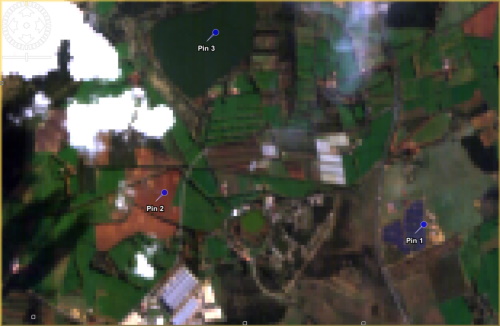- News & Events
- Release of CHRIS PROBA-1 toolb...
Release of CHRIS PROBA-1 toolbox for SNAP
29 Jan 2021
The Compact High Resolution Imaging Spectrometer (CHRIS), onboard the PROBA-1 (Project for On-Board Autonomy-1) mission was launched on 22 October 2001. CHRIS acquires 17 to 34 metre spatial resolution data across a programmable selection of up to 63 spectral bands, at five different viewing angles. Its various modes trade-off the spatial and spectral resolution, allowing it to collect targeted data for specific applications. Sites (data acquired over specific locations for primarily scientific purposes) are spread across the world with some having been acquired for the entire mission's lifetime.
The CHRIS Toolbox was initially developed for BEAM, which was replaced by the Sentinel Applications Platform (SNAP). The toolbox has now been transitioned across, and updated, allowing users to apply corrections that convert the data to surface reflectance. These include noise reduction, cloud screening, atmospheric and geometric correction.
An image shown is for La Crau, France, which is an international radiometric calibration site. This date is strongly influenced by cloud contamination. Therefore, the Top of Atmosphere (TOA) image has been histogram stretched, saturating the cloud pixels but making the ground pixel variability more evident.

Therefore, having the capability to process CHRIS data in SNAP is of great value to the community, and we hope this will encourage further take-up and usage of this data.

